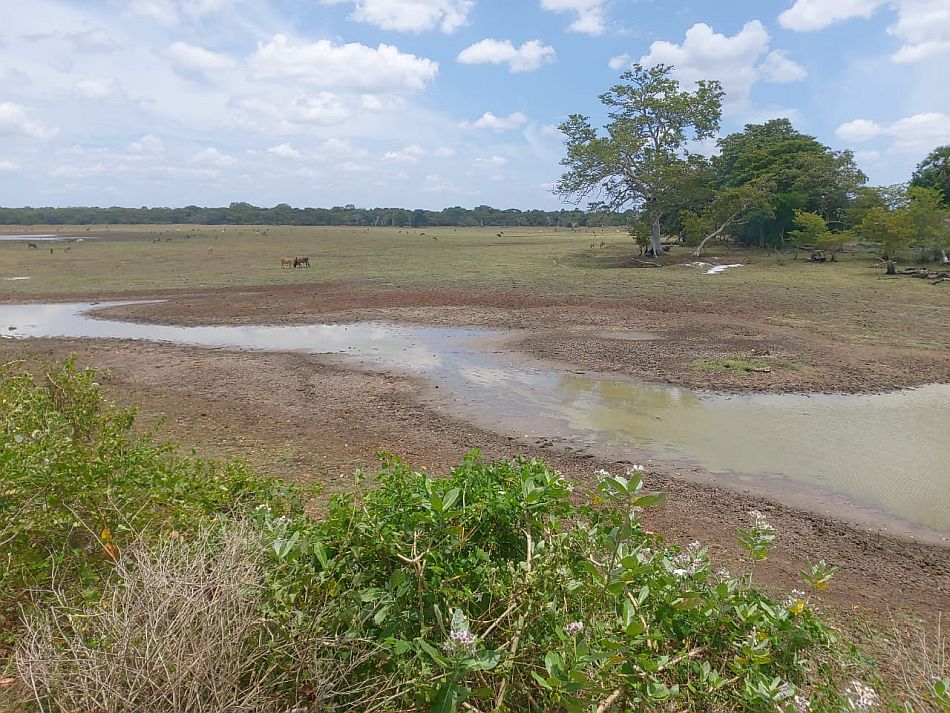With climate change, extreme weather events related to precipitation, such as floods and landslides, are becoming increasingly common. In 2024, extreme flooding has affected at least four continents, including regions in Central Asia, West and East Africa, Central Europe, and the southern United States with thousands of people displaced and millions losing access to basic infrastructure. Since 2000, over 1.65 billion people have been impacted by flooding. July 2024 was also the second deadliest month for landslides in history with 95 landslide events and approximately 1,1167 fatalities.
Climate change allows the atmosphere to retain more moisture, leading to a higher severity and intensity of rain. The rise in temperature also results in more precipitation falling as rain instead of snow, leading to more floods and landslides in high-altitude regions. Although landslides are caused by various factors, including earthquakes, volcanoes or human activity, they most often result from rainfall. Over a long period of time, heavy rain soaks the soil, making hillsides heavier and prone to slippage. The International Water Management Institute’s (IWMI) research in India found that although landslides are most common in June, the highest number of deaths are reported in July and August, likely due to abundant and intense rainfall during those months. As these precipitation-related climate disasters become increasingly common, it is essential to invest in anticipatory action (AA) to mitigate their impact.
The role of anticipatory action
AA refers to actions taken prior to a disaster to reduce its impact on communities. Through the CGIAR Initiative on Climate Resilience (ClimBeR), IWMI has worked with World Vision Lanka, Red Cross Society of Sri Lanka, the Disaster Management Center, the Nuwara Eliya District Secretariat and other government partners to implement AA plans in Sri Lanka.
ClimBeR has developed the AWARE Platform, which is aimed at strengthening the AA framework and coordinating roles and responsibilities between actors. The platform provides early warning information about climate disasters such as droughts, floods and landslides with inputs based on space-based information and nationally triggered datasets for early warning mechanisms. AWARE aims to mainstream disaster risk governance to align with the United Nations’ Early Warning for All initiative, which calls for everyone on Earth to be covered by an early warning system by 2027.
In July 2023, IWMI conducted the first AA simulation program in the Nuwara Eliya district, which comprised a three-day flood response exercise with local community members including marginalized groups such as women and youths. Throughout the course of the three days, the community received training on preparedness, practiced using cash vouchers to access dry rations, and prepared the canal for flooding through cleaning and the use of sandbags to create bunds. The community members also practiced evacuation of their homes and relocating to a safe location. As a result of these discussions, the community also worked to restore the local canal, which would overflow and cause flooding during heavy rains
Two weeks after the conclusion of this drill, the region experienced a flood event, and the program proved to be highly beneficial in helping the community members mitigate its impact. This year, IWMI is continuing its work with AA in Sri Lanka by conducting a similar simulation on drought in Anuradhapura as well as training workshops for government officials on the AWARE platform.
Disaster risk management in Nepal
Earlier this month, Nepal had a significant flooding event which killed approximately 200 people and damaged thousands of houses. Much of the damage occurred in the capital, Kathmandu, which experienced heavy rainfall.
“The recent flooding shows that we are very behind on disaster preparedness – if cities can incur such damage what will happen in rural areas which are further away from assistance and modern amenities? We need to do much more to prepare stronger, science-based disaster risk reduction initiatives at the federal, provincial and local levels,” says Manohara Khadka, IWMI’s Country Representative in Nepal.
IWMI recently worked with the Nepalese Department of Hydrology and Meteorology to reactivate and improve the Flood Forecasting and Early Warning System for weather forecasting and providing early warning of floods in the Bagmati River Basin. The system had been dormant for several years, which hindered flood forecasting in the basin. Researchers worked to implement the component through a partner and build capacity by training technicians to use the software. With its reactivation and the recalibration of the forecasting model, significant improvements have been made in predicting floods in the Bagmati River Basin, enhancing preparedness and response efforts. IWMI researchers hope that this system will increase early warning capacity and help prepare communities for future disasters.
The recent flooding in Nepal is just one example of how precipitation-related disasters have the potential to cause significant destruction. This threat will only continue to grow as climate change makes these events more frequent. In order to adapt, communities need to be supported with more robust planning and advanced early warning systems. Through the active participation of all relevant stakeholders in these efforts, communities can strengthen their resilience and be better prepared with the timely knowledge needed to respond to crises.





